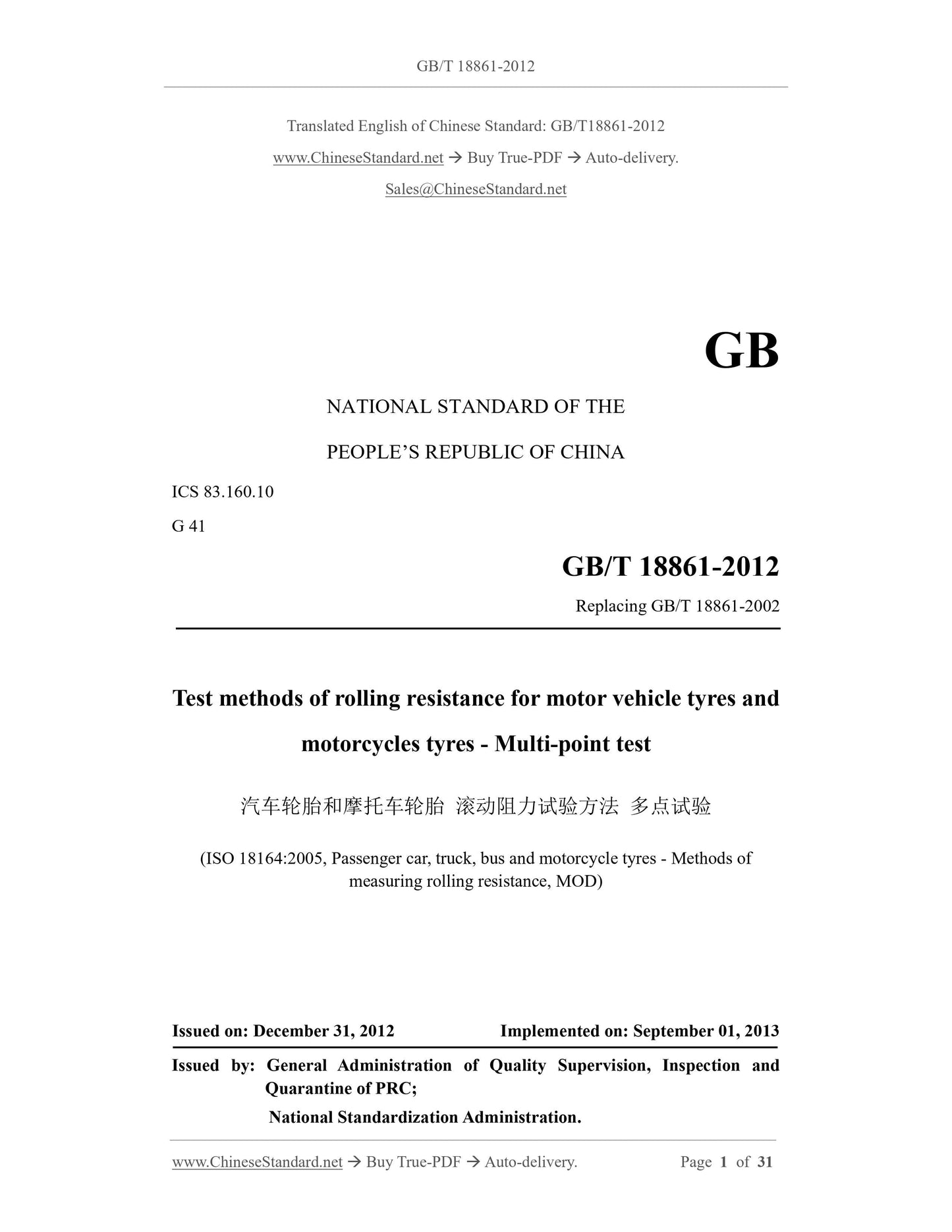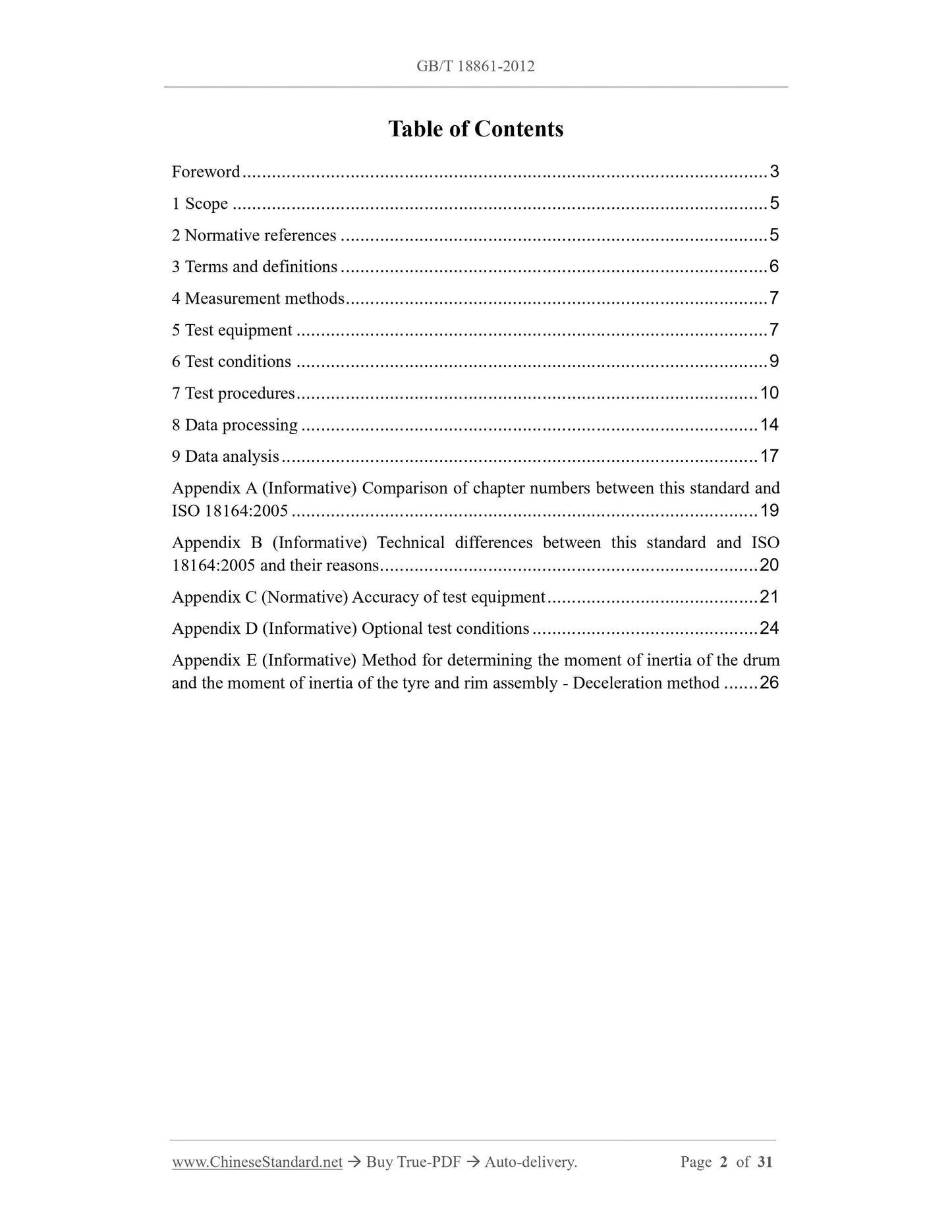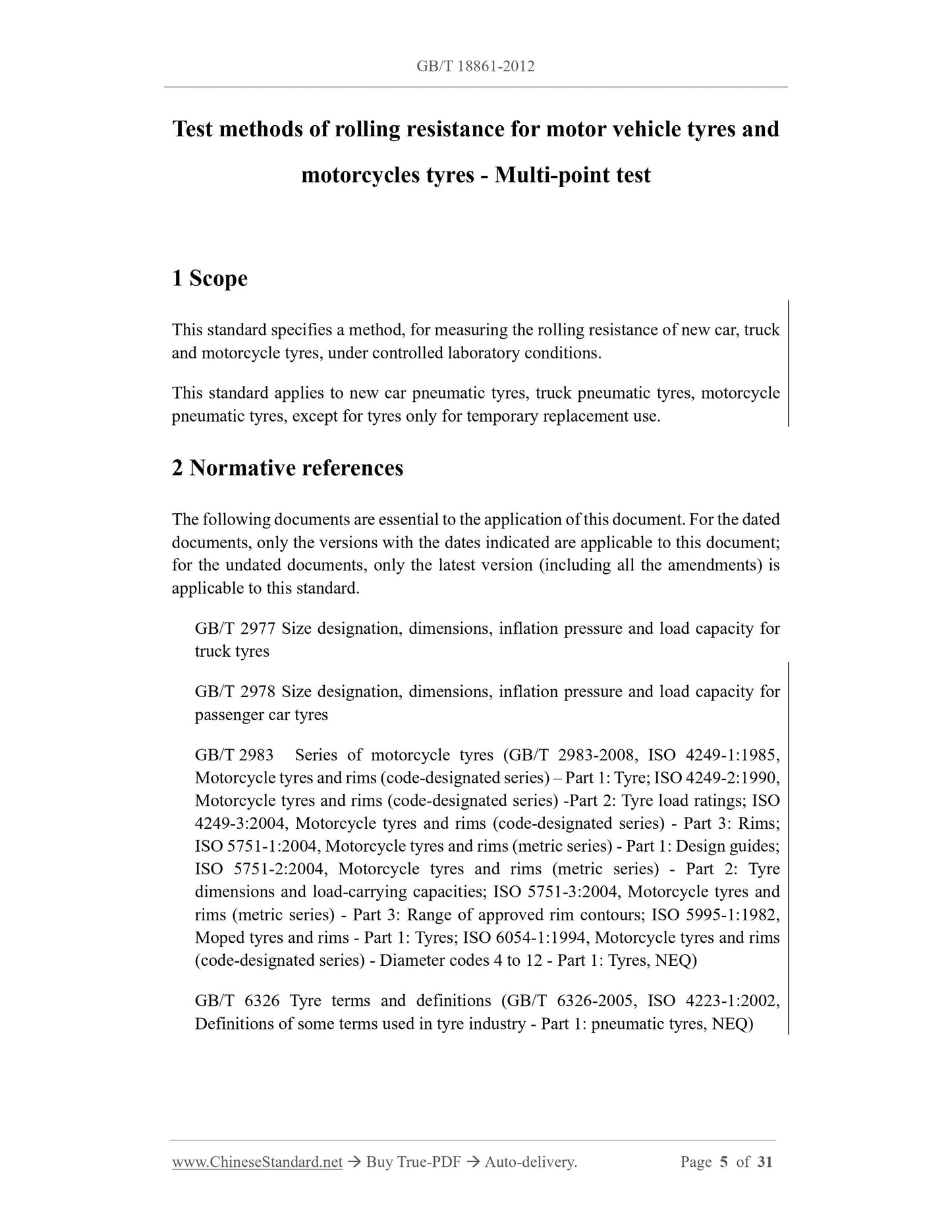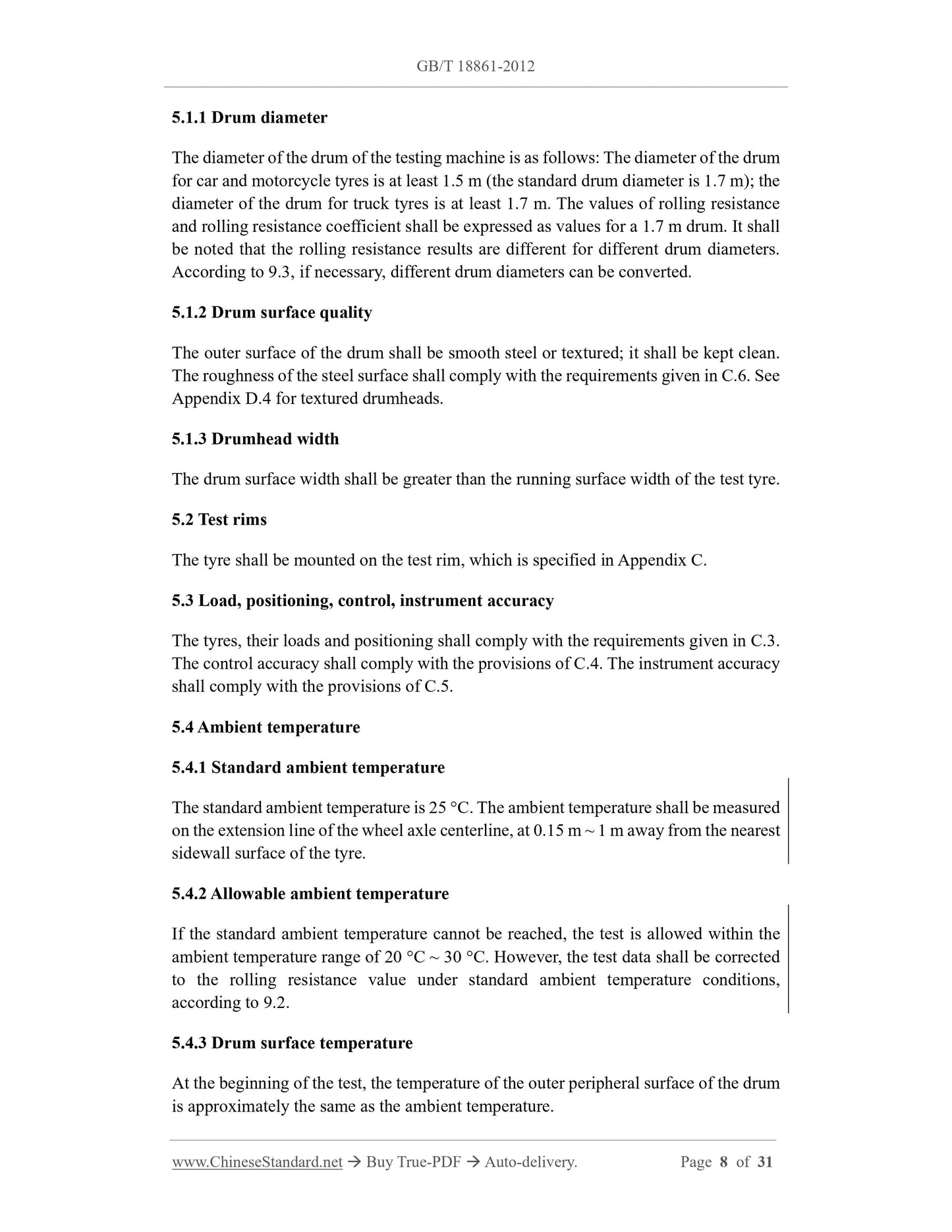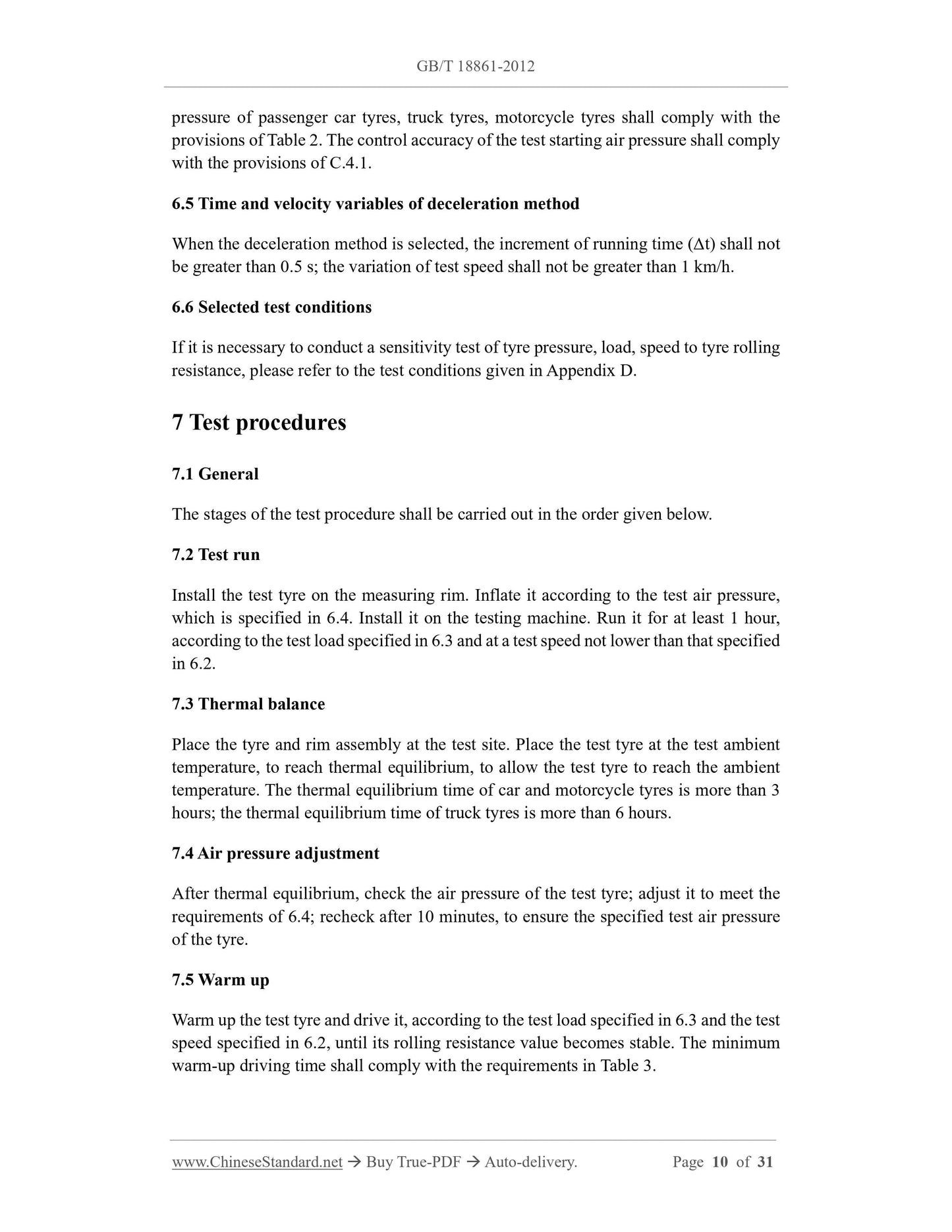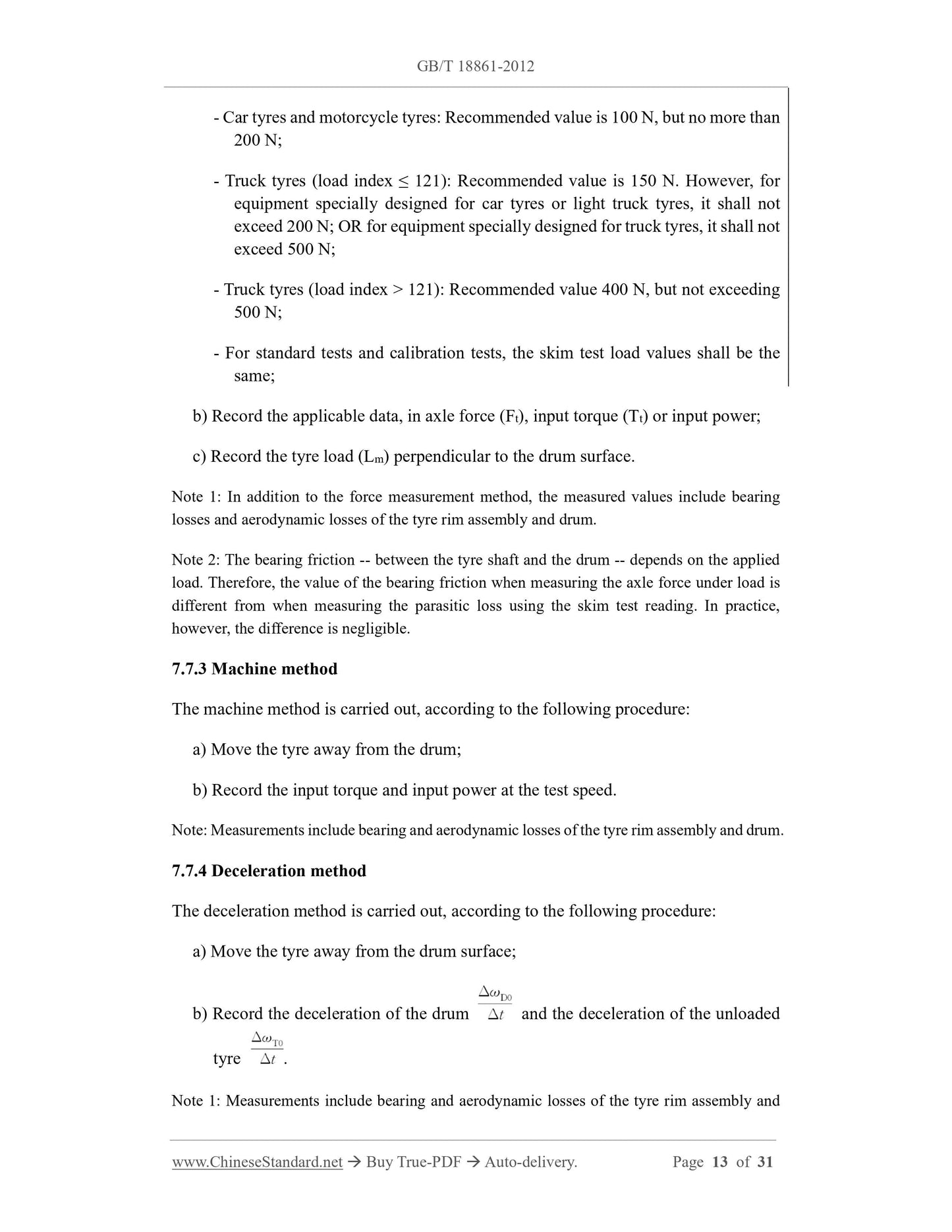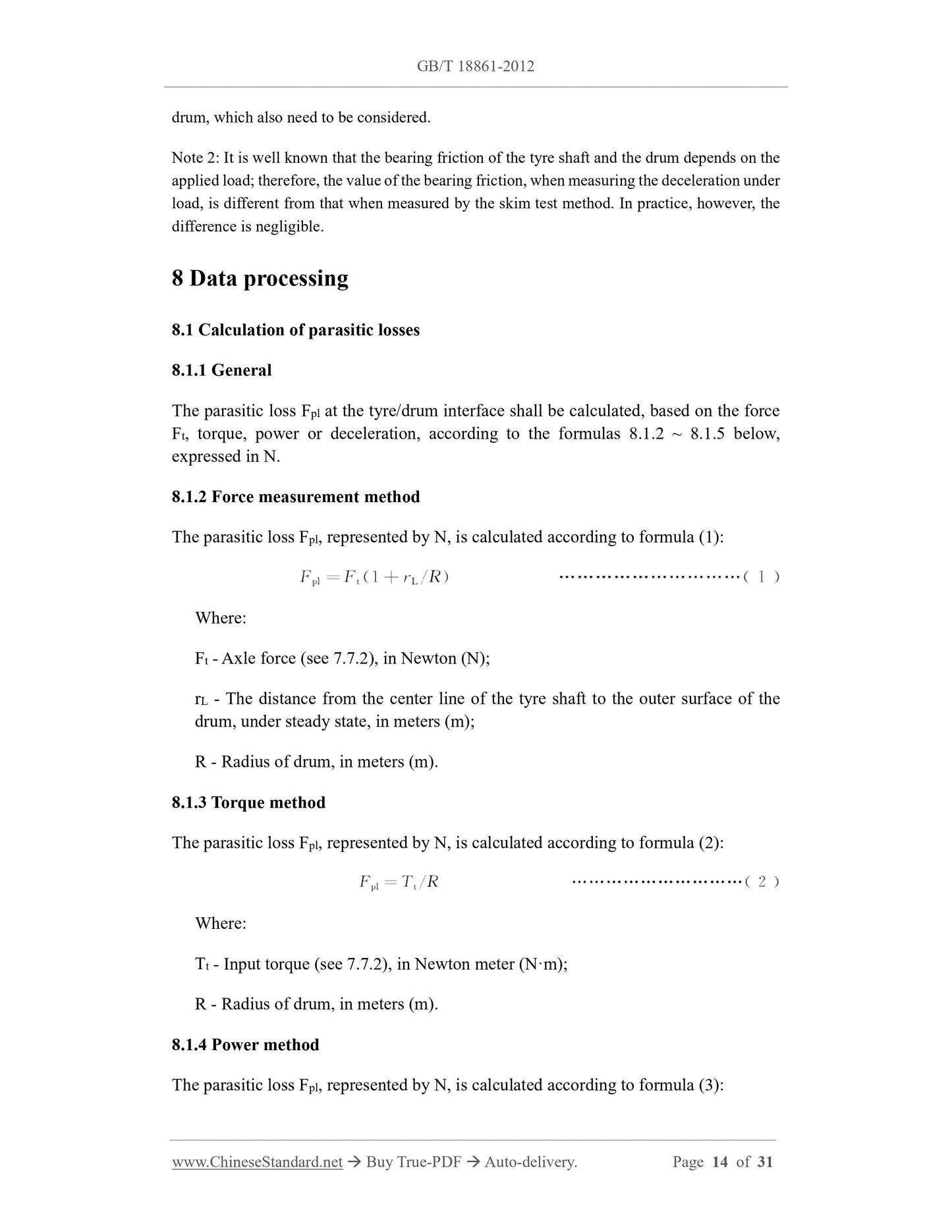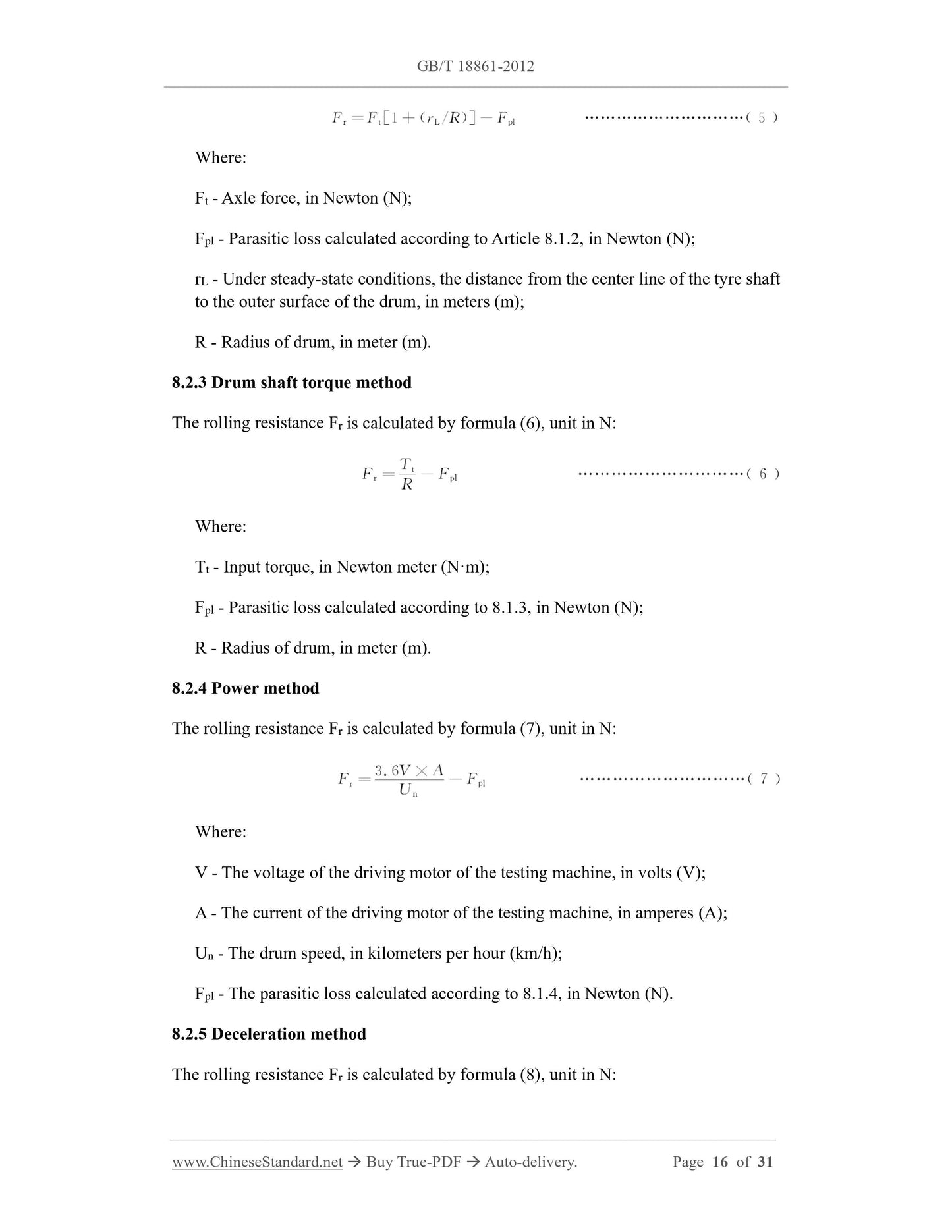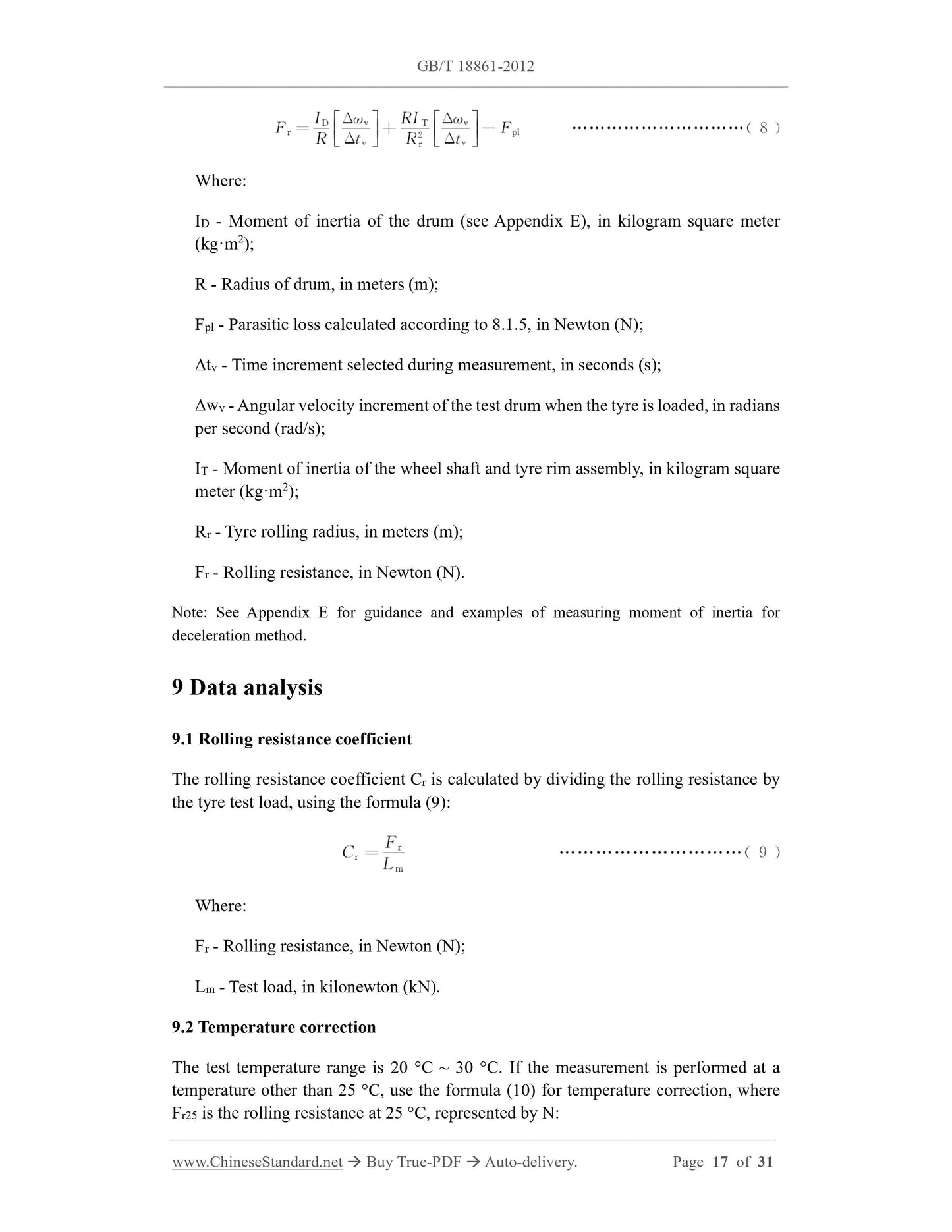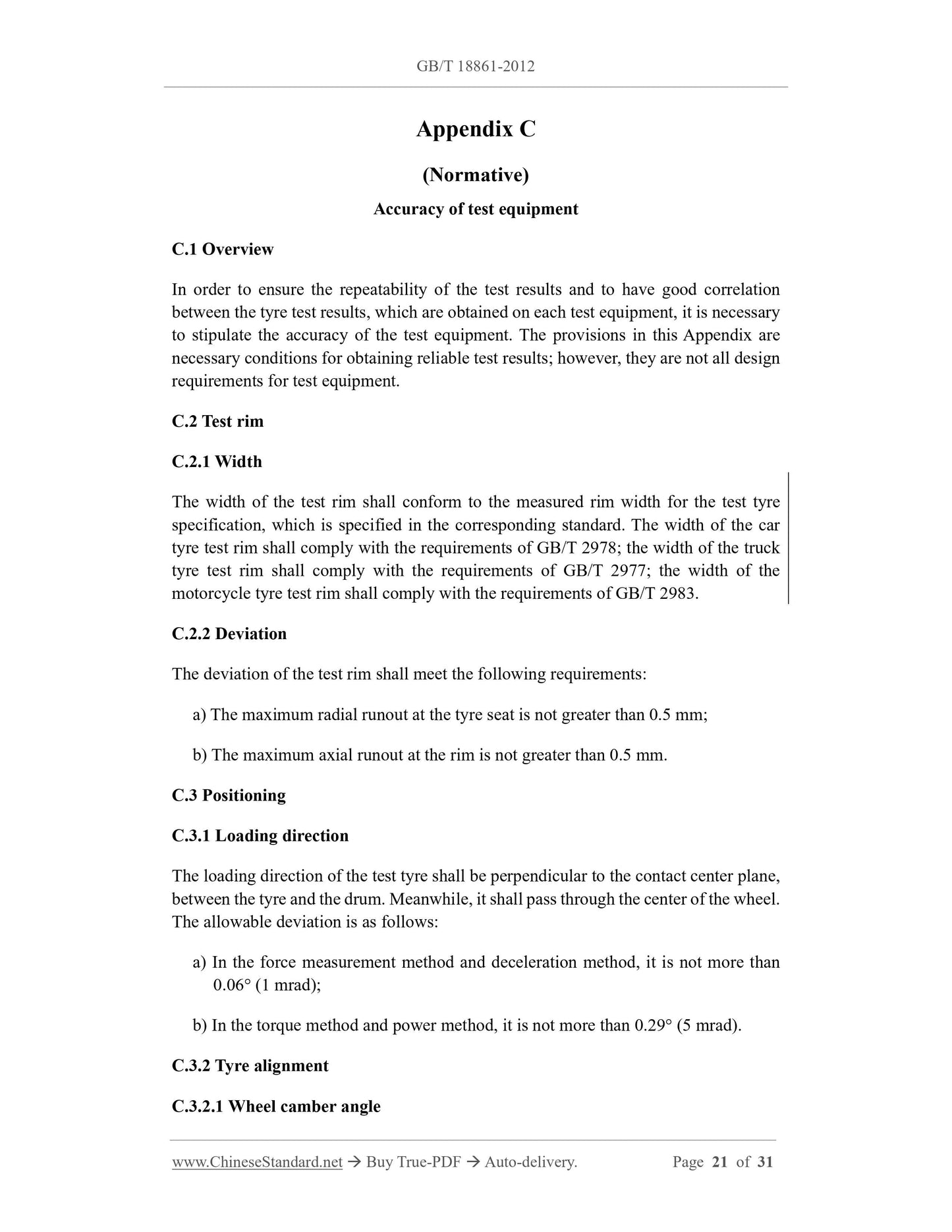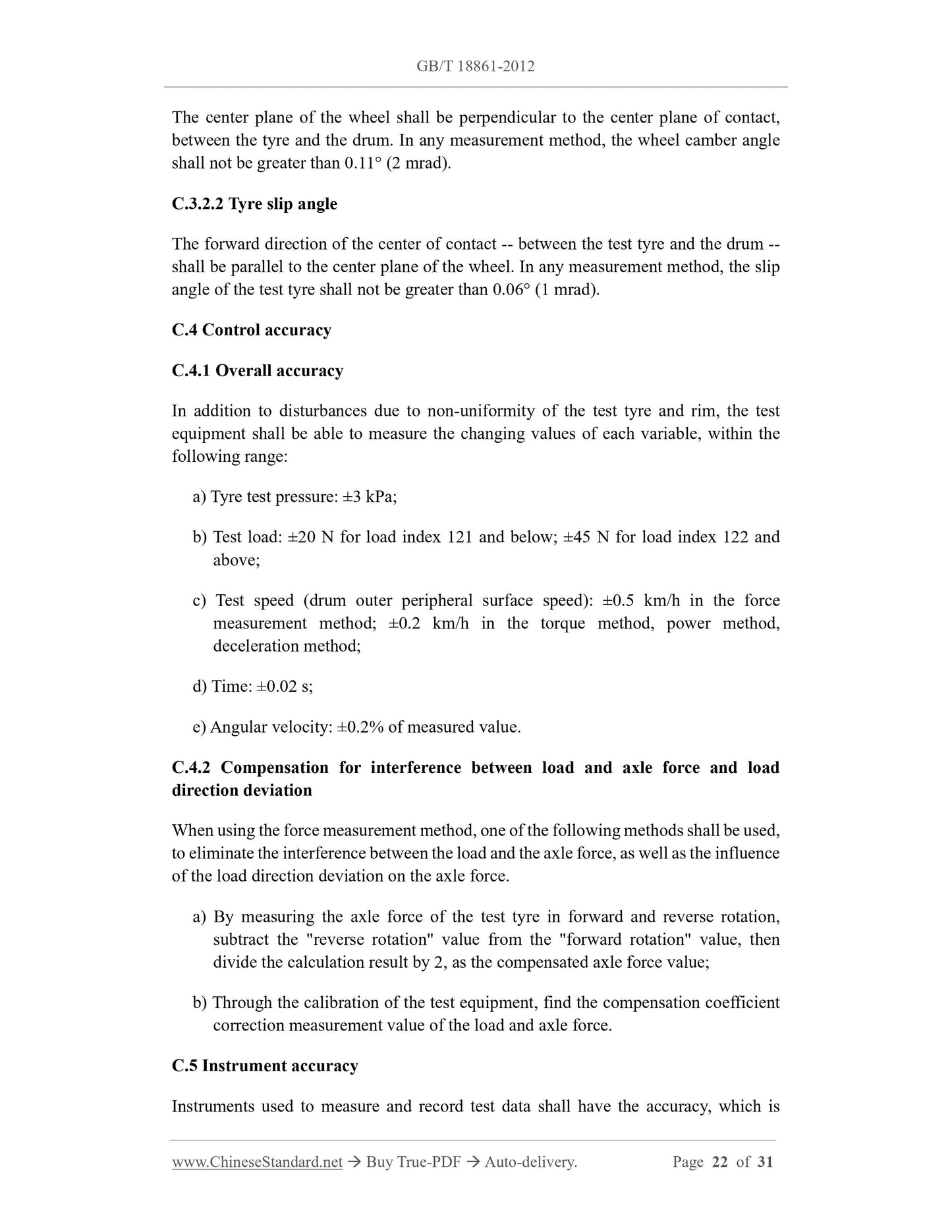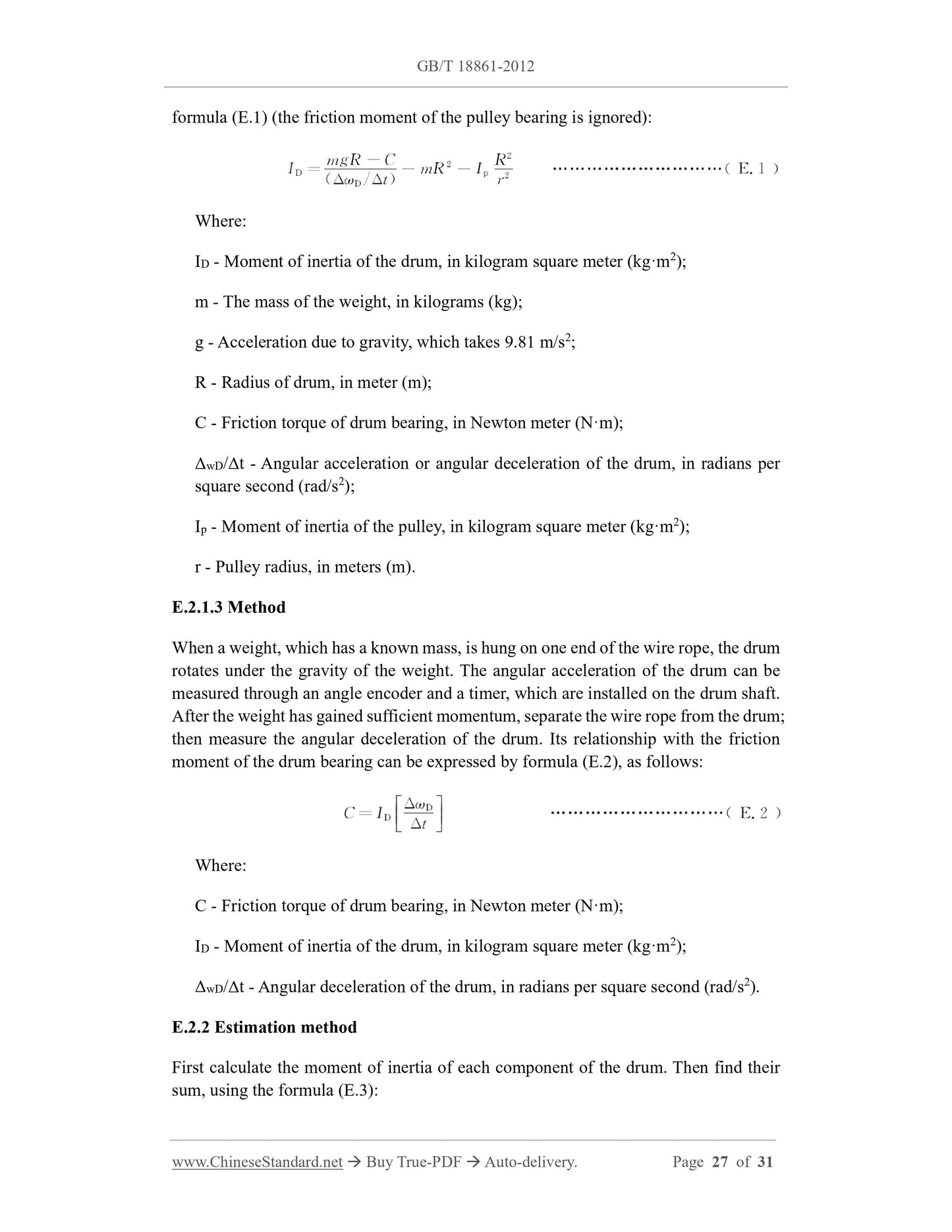1
/
of
12
www.ChineseStandard.us -- Field Test Asia Pte. Ltd.
GB/T 18861-2012 English PDF (GB/T18861-2012)
GB/T 18861-2012 English PDF (GB/T18861-2012)
Regular price
$380.00
Regular price
Sale price
$380.00
Unit price
/
per
Shipping calculated at checkout.
Couldn't load pickup availability
GB/T 18861-2012: Test methods of rolling resistance for motor vehicle tyres and motorcycle tyres -- Multi-point test
Delivery: 9 seconds. Download (and Email) true-PDF + Invoice.Get Quotation: Click GB/T 18861-2012 (Self-service in 1-minute)
Newer / historical versions: GB/T 18861-2012
Preview True-PDF
Scope
This standard specifies a method, for measuring the rolling resistance of new car, truckand motorcycle tyres, under controlled laboratory conditions.
This standard applies to new car pneumatic tyres, truck pneumatic tyres, motorcycle
pneumatic tyres, except for tyres only for temporary replacement use.
Basic Data
| Standard ID | GB/T 18861-2012 (GB/T18861-2012) |
| Description (Translated English) | Test methods of rolling resistance for motor vehicle tyres and motorcycle tyres -- Multi-point test |
| Sector / Industry | National Standard (Recommended) |
| Classification of Chinese Standard | G41 |
| Classification of International Standard | 83.160.10 |
| Word Count Estimation | 24,294 |
| Older Standard (superseded by this standard) | GB/T 18861-2002 |
| Quoted Standard | GB/T 2977; GB/T 2978; GB/T 2983; GB/T 6326 |
| Adopted Standard | ISO 18164-2005, MOD |
| Regulation (derived from) | National Standards Bulletin No. 41 of 2012 |
| Issuing agency(ies) | General Administration of Quality Supervision, Inspection and Quarantine of the People's Republic of China, Standardization Administration of the People's Republic of China |
| Summary | This standard provides for a controlled laboratory conditions measuring new car tires, truck and motorcycle tire rolling resistance method. This standard applies to temporary replacement except for use outside of the new car tires inflated tires, truck an |
Share
